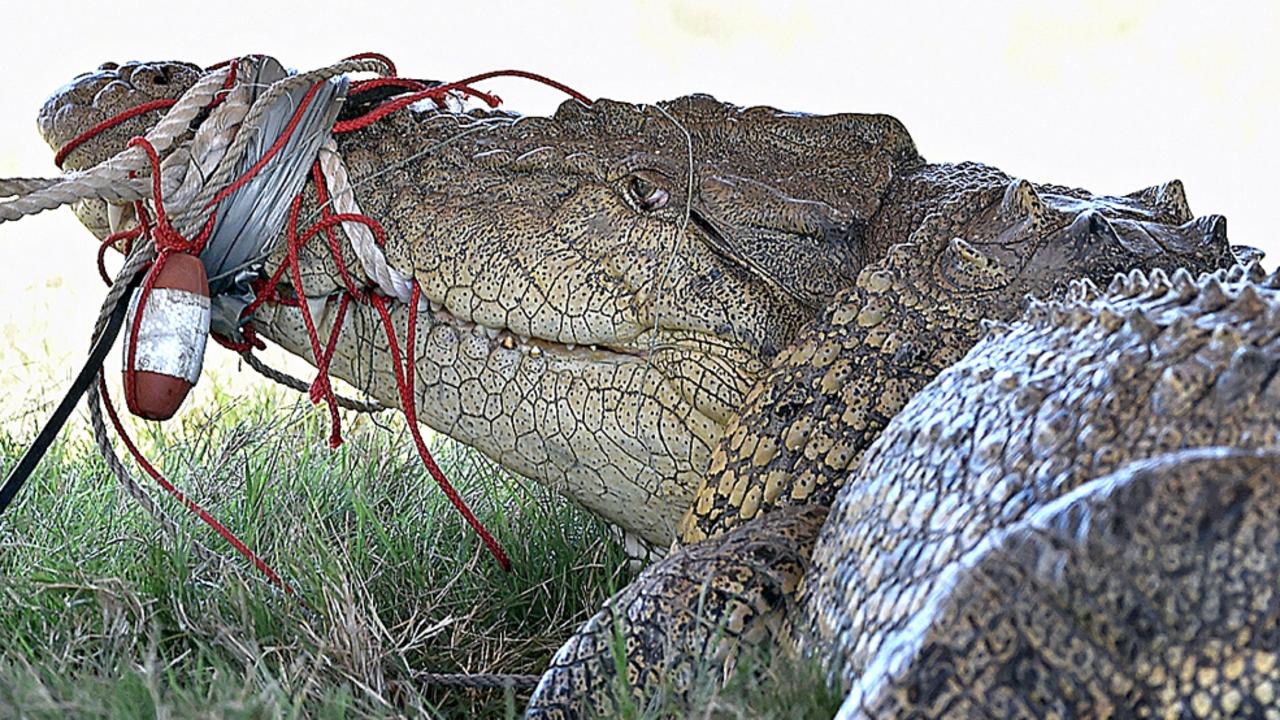Researcher squashes our dream of a real-life Spiderman
IT’S ENOUGH to have comic fans climbing the walls.
Sunshine Coast
Don't miss out on the headlines from Sunshine Coast. Followed categories will be added to My News.
IT'S ENOUGH to have comic fans climbing the walls - a University of the Sunshine Coast academic has played a key role in research that has all but ruled out the possible evolution of a "spiderman".
Lecturer in Animal Ecophysiology, Dr Christofer Clemente is the co-author of a new study, led by Dr David Labonte of the University of Cambridge, which discovered why geckos are the largest animals capable of scaling smooth vertical walls.
The project, published in prestigious journal PNAS (Proceedings of the National Academy of Sciences), found that for a human to scale these surfaces, adhesive pads would need to cover 40% of that person's body surface, Dr Clemente said.
He said another strategy that would allow larger animals to climb walls could be to make the adhesive pads even stickier, rather than bigger.
"In evolution there are trade-offs - if you're all adhesive, running away from predators is going to be impossible, and if you're too sticky, you'll have the problem of being stuck to the wall," Dr Clemente said.

But Dr Clemente said while the research paper might dash the dreams of some aspiring superheroes, the findings had the potential to be applied to make a significant difference to humans, particularly in disaster relief.
"A 'spiderman' is the dream of course, but even if we don't get there, we could perhaps build robots bigger than geckos that can stick to walls, and that would have some incredible potential.
"It could be applied to something mundane like cleaning the outside of a building, right through to having a robot that can go into disaster areas where humans can't enter, such as in a collapsed building. That would have fantastic humanitarian advantages."


